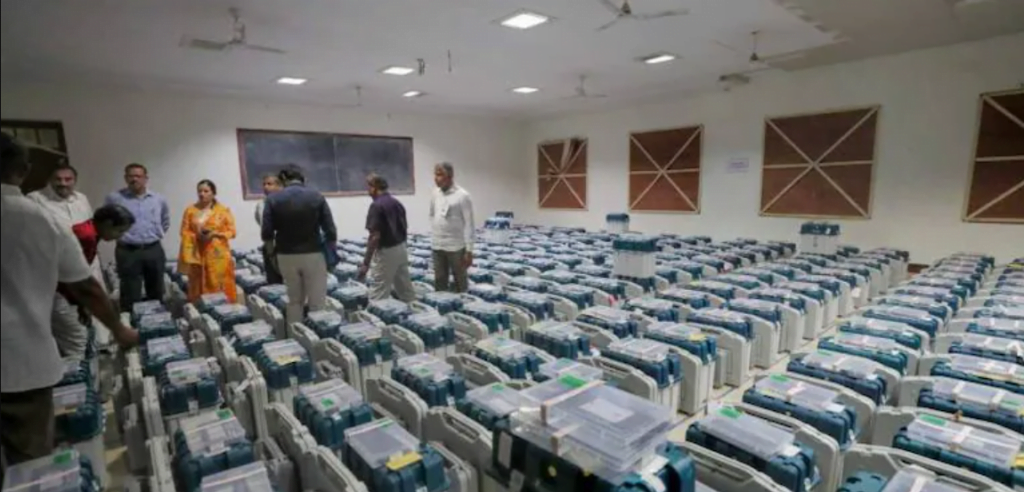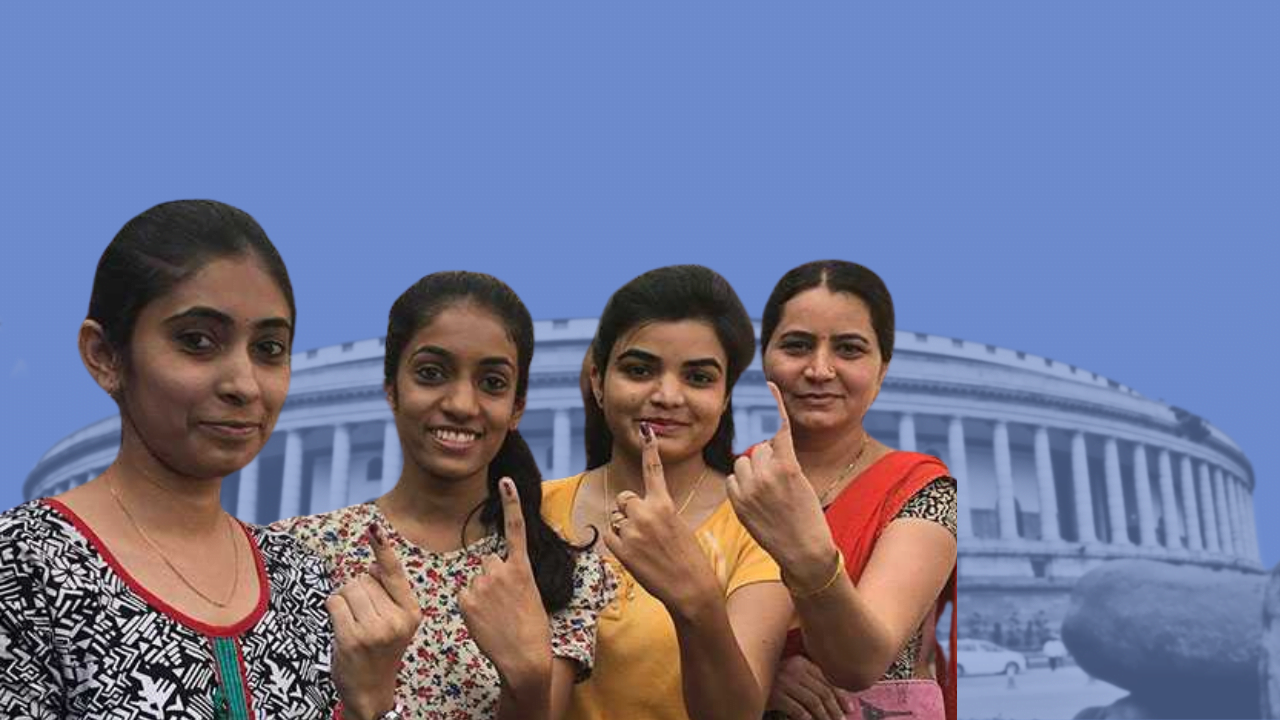Free and fair elections are the bedrock of a democracy. Elections allow citizens to have a voice in choosing their leaders, representing their concerns, and shaping the policies that govern their lives. To keep the electoral process transparent Electronic Voting Machines (EVMs) were brought in to offer a secure means to conduct elections following the principles of democracy.
The birth of EVMs
The Election Commission of India has undergone a remarkable evolution over the past 75 years. From the era of traditional ballot boxes to the modern age of EVMs, democracy has remained the beating heart of this electoral machinery.

Established on January 25, 1950, the Commission has overseen 17 general elections up till now. In India’s electoral journey, the introduction of EVMs stands as a significant technological milestone in the voting process, enhancing transparency, and preventing electoral malpractices.
EVMs are portable devices designed to simplify, modernise, and streamline the election process. These microcontroller-based instruments ensured the first served in the 1999 Goa State Assembly elections. Hence becoming the harbinger of India’s new electoral journey.
Components and operation
An EVM system comprises two main components: a control unit and a balloting unit connected by a five-meter cable. The control unit is operated by the polling officer(who monitors the start and end of the polling process) at the polling station and is securely placed inside the station premises. The balloting unit is placed in a compartment for voters to cast their votes. Interestingly, these EVMs can function even in areas without electricity, as they can be powered by alkaline batteries.

These machines are designed with multiple layers of security measures to ensure a just voting process. They are equipped with tamper-evident seals, unique machine identification numbers, and specialised software that prevents unauthorised access or manipulation.
Additionally, EVMs are stand-alone devices, meaning they are not connected to any network or the internet, hence eliminating the possibility of remote hacking or interference.
How to use an EVM?
To cast a vote through an EVM, a voter needs to first select the candidate that they wish to vote for and then press the blue button corresponding to their chosen candidate on the ballot. The vote against the chosen candidate is confirmed by a small red light beside the candidate’s name and symbol. The vote is further validated by a beep both for the candidate and the polling booth.
Once the vote is validated, a printed ballot slip containing the candidate’s details and a serial number is generated for the voter’s reference.
How EVMs cater to Democracy?
- Transparency and Accountability
One of the key advantages of EVMs is their ability to provide transparency and accountability in the electoral process. Every vote cast is recorded and stored in the machine’s memory, which can be accessed and audited by authorised officials after the election. This ensures that the results are verifiable and can be cross-checked against physical voter-verified paper audit trails (VVPATs), further enhancing the credibility of the process.
- Efficiency and Speed
Traditional paper-based voting systems can be time-consuming and prone to human error, especially in large-scale elections. EVMs streamline the process by quickly recording and tallying votes, significantly reducing the time required for counting and announcing results. This efficiency not only saves resources but also minimises the potential for disputes and delays, allowing for a smoother transition of power.
- Accessibility and Inclusivity
EVMs are designed with user-friendly interfaces that facilitate voting for individuals with diverse backgrounds and abilities. They can display candidate information in multiple languages, accommodate voters with visual or physical impairments, and provide audio guidance for those who are illiterate or have difficulty reading.
- Preventing Electoral Malpractices
One of the primary reasons for introducing EVMs was to curb electoral malpractices such as booth capturing, voter intimidation, and ballot box stuffing. These machines are tamper-resistant and equipped with various security features that make it extremely difficult to manipulate or alter the voting process. Additionally, the use of EVMs eliminates the possibility of invalid or spoiled votes, further enhancing the integrity of the election.
What are remote EVMs?
One of the key challenges in India’s elections has been enabling domestic migrant voters – citizens who have relocated within the country for work or other reasons – to exercise their franchise. In the 2019 general elections, over 30 crore registered voters did not cast their ballots, with internal migration being a prominent reason.

To address this issue, the Election Commission has proposed the introduction of Remote Voting Machines (RVMs). These innovative devices would allow domestic migrant voters to vote from their current place of residence, rather than having to travel to their registered constituencies.
RVMs are essentially modified versions of the existing EVMs, designed to cater to multiple constituencies at a single polling station through dynamic ballot display. They retain the robust security features and voting experience of traditional EVMs while offering greater accessibility and convenience for migrant voters.
The process would involve migrant voters pre-registering for remote voting facilities with their home constituencies before elections. Upon verification, they would be designated as remote voters and assigned special multi-constituency remote voting polling stations near their current residences. On election day, these voters could seamlessly cast their ballots using the RVMs, ensuring their voices are heard in their home constituencies’ elections.
Addressing concerns and future developments
While EVMs have proven to be a reliable and secure means of conducting elections, concerns about their vulnerability to hacking and potential for tampering have been raised by some stakeholders. To address these concerns, election authorities around the world are continuously working on enhancing the security features of EVMs and implementing robust auditing mechanisms.

Additionally, advancements in technology have paved the way for the development of newer voting systems, such as internet voting and blockchain-based solutions. While these technologies hold promise for further streamlining the electoral process, their implementation requires rigorous testing and evaluation to ensure they meet the stringent security and transparency requirements of democratic elections.







Very engaging and useful